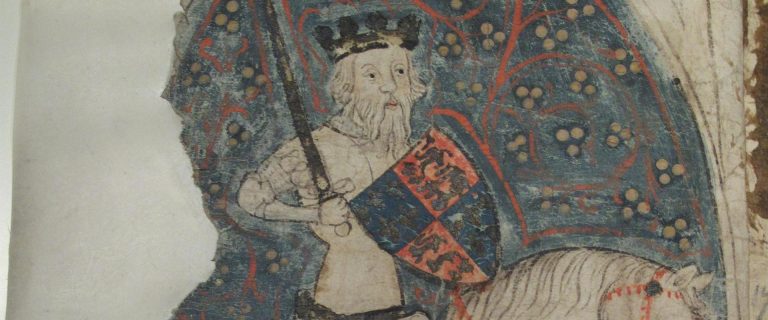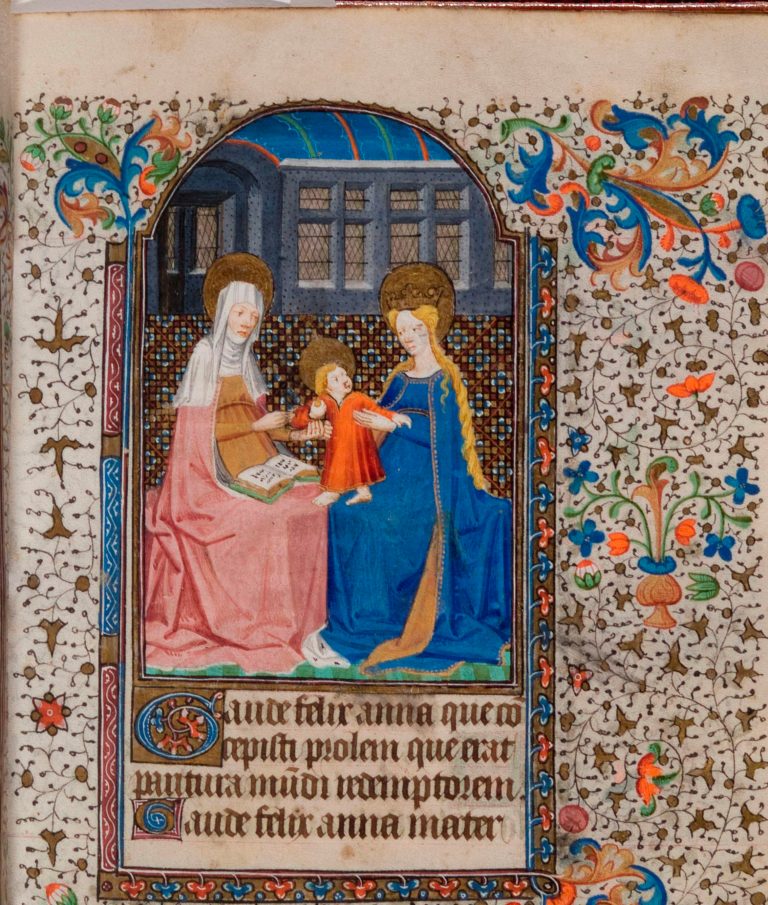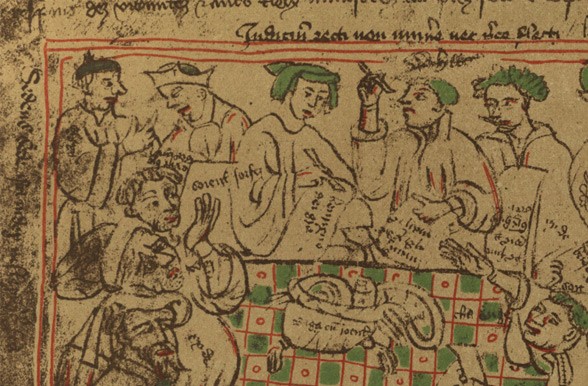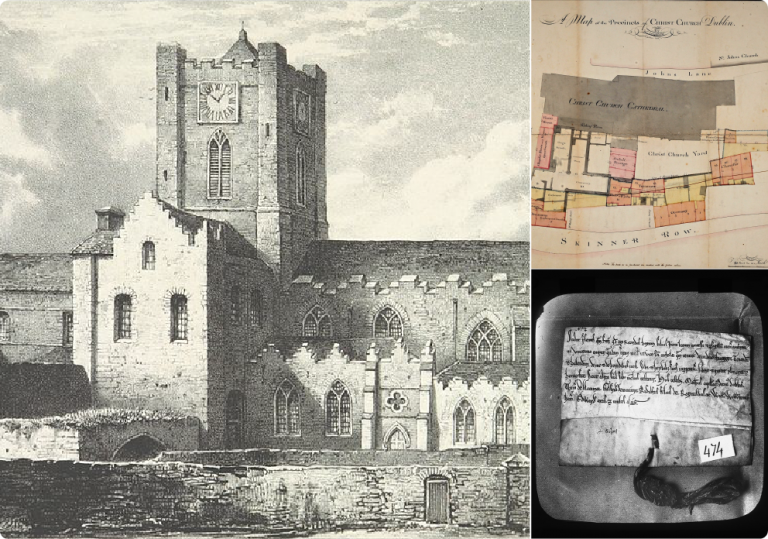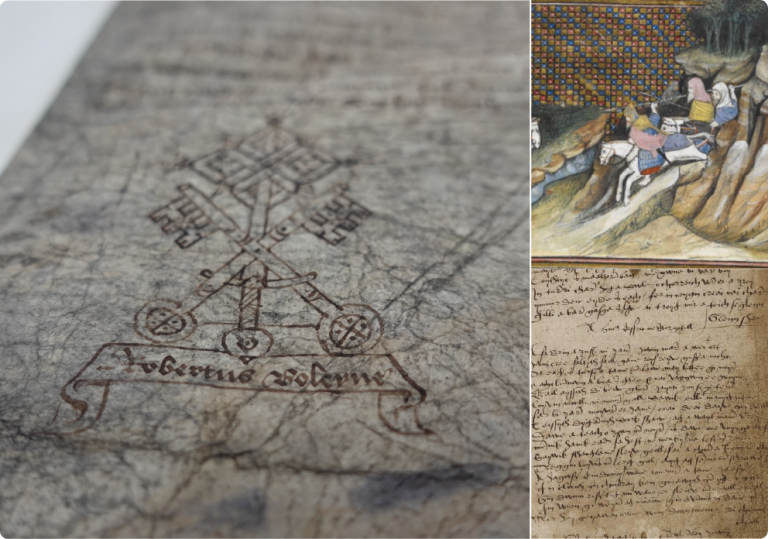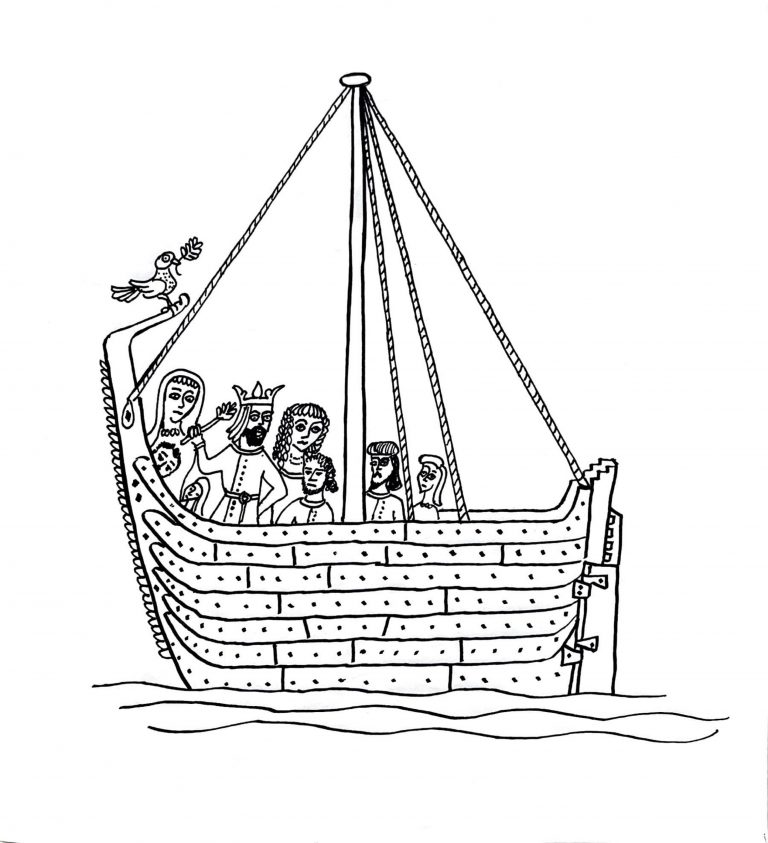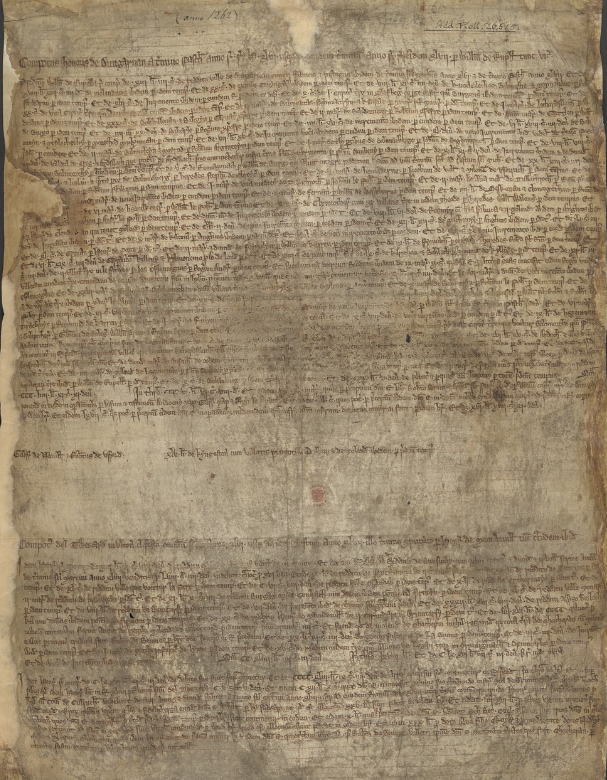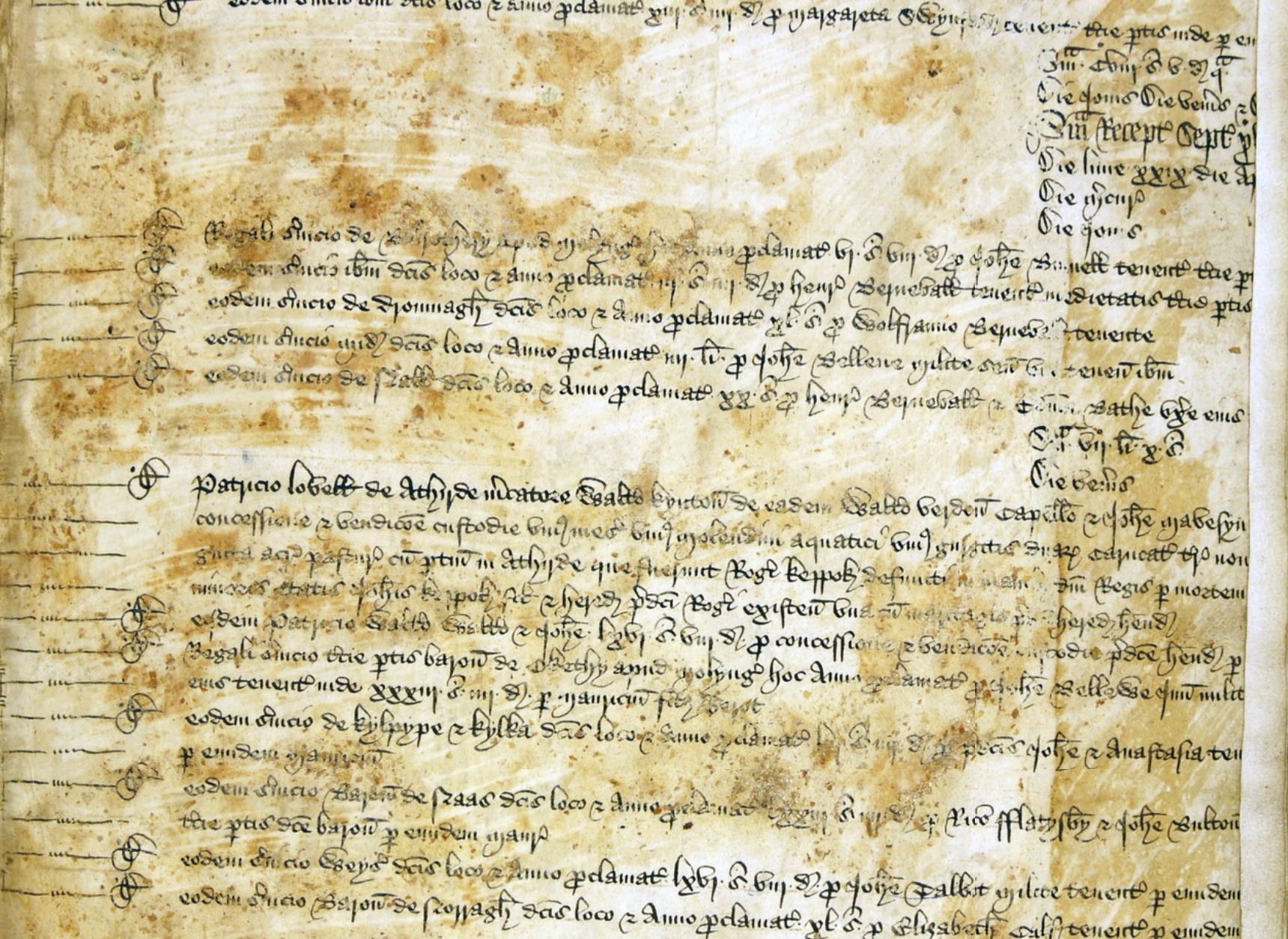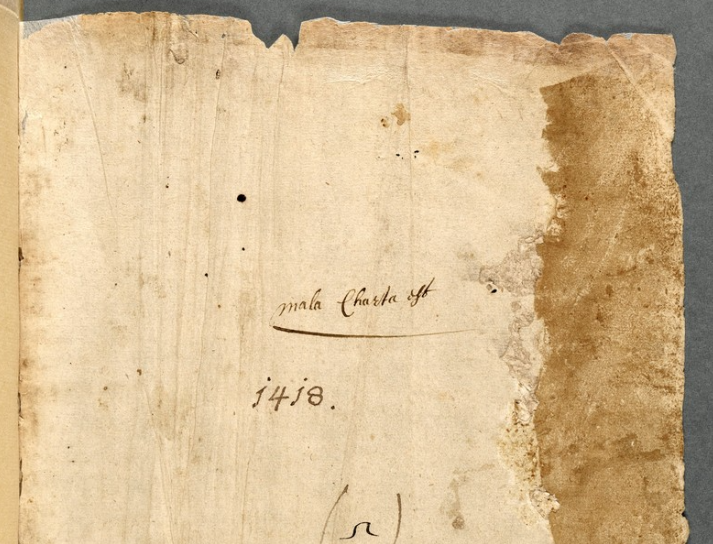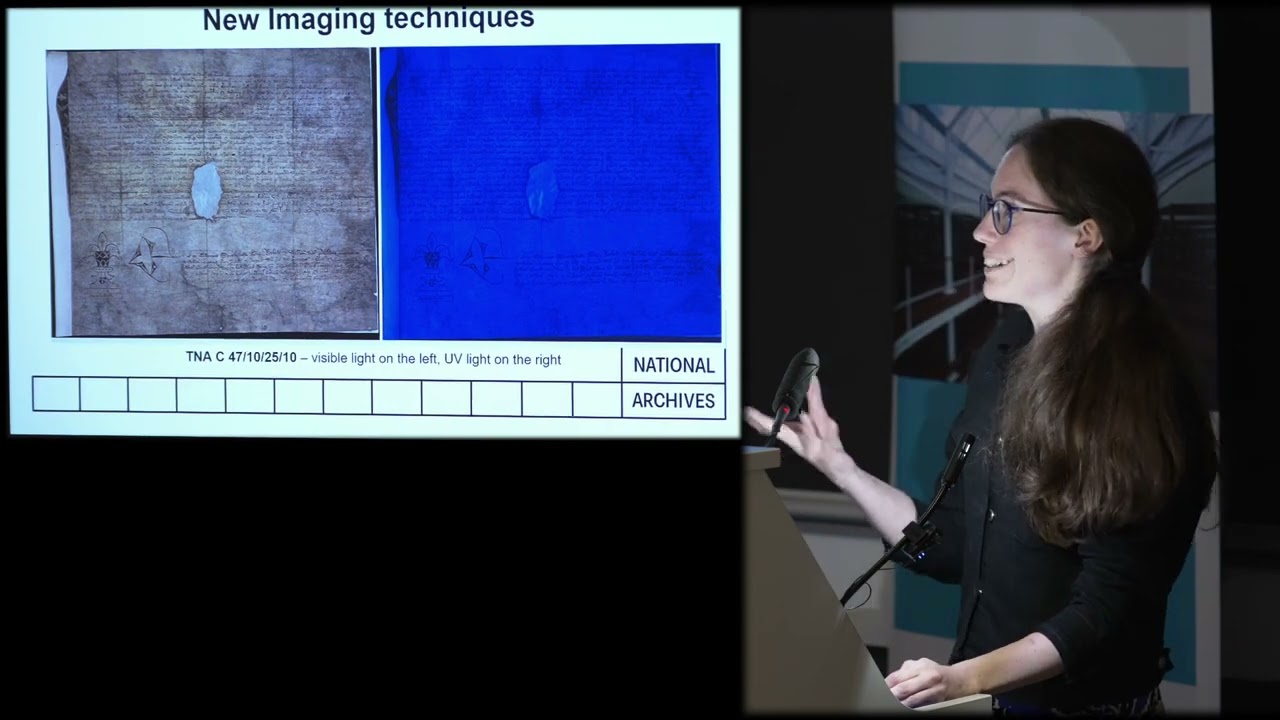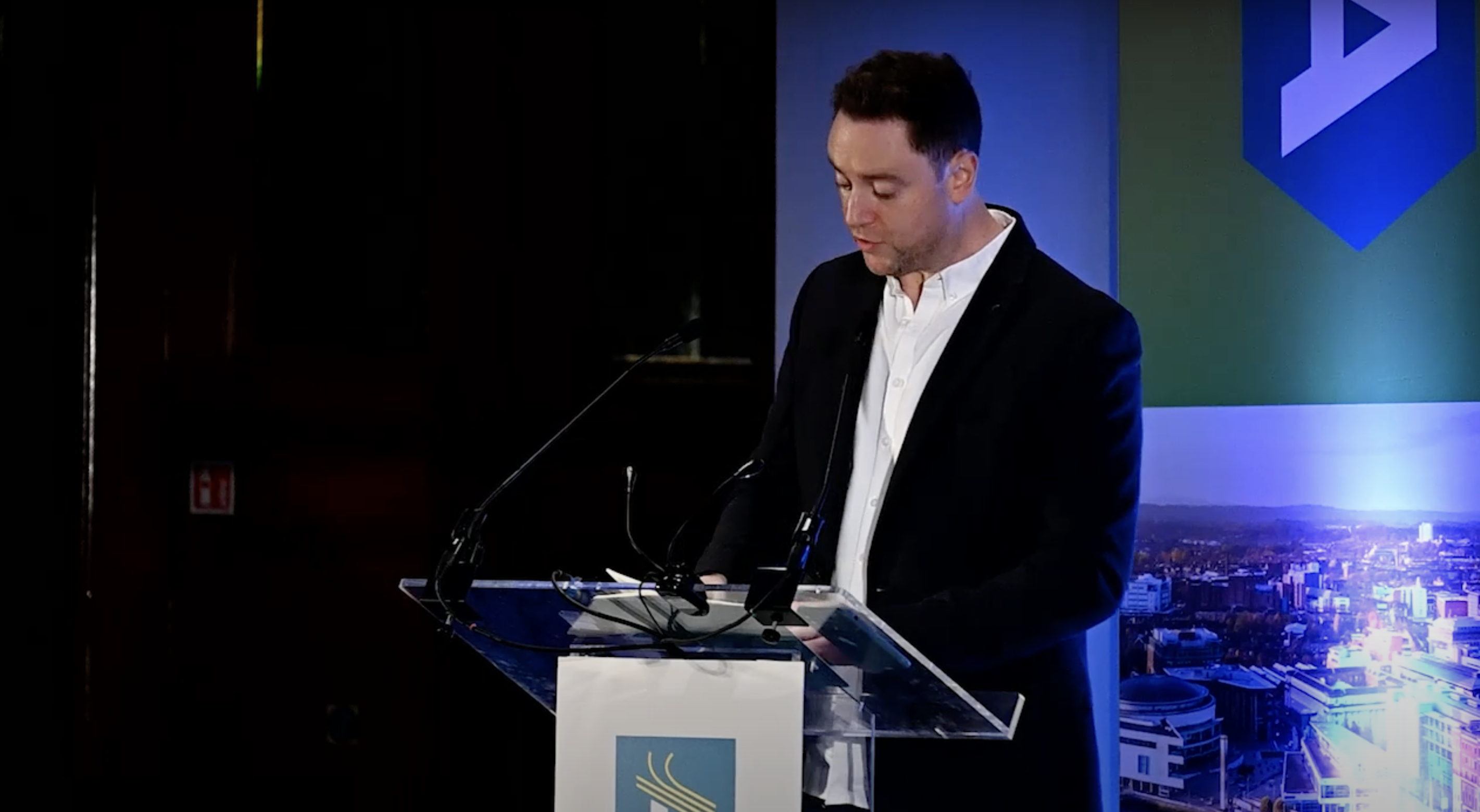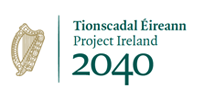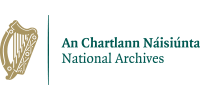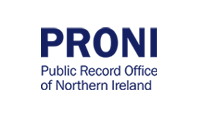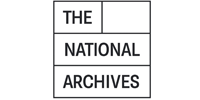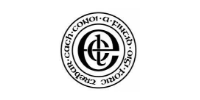



via the Knowledge Graph
 Explore People
Explore People What’s in this Portal?
Enter the world of the Anglo-Norman invaders of Ireland, who conquered large parts of the island in the 12th and 13th centuries and established a shifting frontier with the Gaelic lordships.
Gold Seams
CIRCLE 2.0
1244 – 1509A Calendar of Irish Chancery Letters, 1244 – 1509. The inspiration and foundation collection for VRTI. Edited by Dr Peter Crooks.
Royal Revenue, 1270-1450
1270 – 1450The culmination of five years’ work to fully digitise and translate the largest series of late-medieval Irish documents in The National Archives (UK). Curated by Dr Elizabeth Biggs with Dr Paul Dryburgh and Dr Peter Crooks.
Deeds of the Guild of St Anne, 1237 – 1778
13th - 18th centuriesIlluminating five centuries of Dublin’s History in partnership with the Royal Irish Academy and the Irish Manuscripts Commission. Curated by Dr Lynn Kilgallon and Dr Theresa O'Byrne, with Dr Peter Crooks, Sadhbh Dunne, and Dr Éamonn Kenny.

Curated Collections
Memoranda Rolls: Originals, Copies and Extracts
12th — 15th centuriesChrist Church Deeds
12th – 19th centuriesIrish Kings and English Rulers
13th – 15th centuriesMerchants and Mariners in Medieval Ireland
14th – 15th centuries
Historical background
850 years ago, in the winter of 1171–2, King Henry II (1154–89) of England arrived in Ireland at the head of a large army, and took the island into his possession as a dominion of the English crown. Soon, various English governing institutions were established in Ireland and began to produce records. In a sense, Ireland was conquered by the word and ruled by parchment. This Portal offers access to the largest collection of digitised original records for later-medieval Ireland, and linked to over five million words now available in English translation.
The medieval records that were in the Public Record Office of Ireland largely, but not completely, came from the English government in Ireland as it attempted to govern the settler community and extend its rule into the territories of the Gaelic Irish kings and lords.
English rule in Ireland expanded in the centuries after the conquest of 1170, but was checked by the revival of Gaelic Ireland in the fourteenth and fifteenth centuries, after which English direct rule by the Crown contracted to the areas immediately around Dublin. Other record collections linked in this portal were produced in Dublin’s commercial urban centre and for the cathedral of Christ Church. Both English and Gaelic Ireland were also connected to the web of international sea trade that reached across the Irish Sea to Britain and south to France and the Mediterranean.
This portal provides access to the key medieval collections in VRTI, which have been listed below with a brief description of their contents.
What can I find here?
This Portal contains multiple Gold Seams and curated Collections, allowing you to search and browse across the entire Age of Conquest (1169-1500).

CIRCLE 2.0
Documents issued by the English government in Ireland between 1244 and 1509 have been reconstructed and calendared by the CIRCLE project, edited by Dr Peter Crooks. All the c. 15,000 known documents issued by the Irish Chancery can be found in this Gold Seam.
 Royal Revenue
Royal Revenue
The Irish exchequer was responsible for all finance relating to the lordship, including payments made to officials, suppliers and the occasional Irish king, and the receipts from taxation, the courts and rents of royal manors, among other things. This Gold Seam includes Philomena Connolly’s edition of the Irish Exchequer Payments for the Irish Manuscripts Commission and our new edition of the receipt rolls. It covers the period 1250 to 1485.
Guild of St Anne
Now part of the collections of the Royal Irish Academy, the records of the Guild of St Anne provide an unparalleled collection of material relating to medieval everyday urban life in Dublin. Based on the calendar of Leonard Beiler, this collection presents the deeds alongside their images for the first time.
 Christ Church Deeds
Christ Church Deeds
The Christ Church Deeds were the oldest collection of material lost in the fire of 1922. They had been deposited in the PROI for safe keeping in the nineteenth century, recording the lands and gifts that the cathedral had been granted in the centuries of its existence. This collection draws on the calendaring work of Michael McEnery of the PROI, for the period 1100 to 1690, and has been completed by Dr Stuart Kinsella, archivist at Christ Church.
 Irish Kings and English Rulers
Irish Kings and English Rulers
After around 1350, the English government in Ireland regularly made legal agreements with Irish kings. The most famous are the submissions of over eighty Irish kings and lords to Richard II in the winter and spring of 1394 to 1395. They were translated by Edmund Curtis in 1927, and are available here alongside new translations of other agreements covering the period 1370 to 1500.
 Memoranda Rolls
Memoranda Rolls
Only a very few original medieval records survived the fire in 1922, including just two of the memoranda rolls, the working memory of the Irish exchequer. Fortunately, however, the memoranda rolls had already been recognised as an important resource for Ireland’s medieval history by historians and antiquarians. This collection offers a first glimpse at the treasures that can be recovered for these lost rolls, for the period 1294 to 1500.
 Merchants and Mariners
Merchants and Mariners
Timothy O’Neill created this collection of index cards relating to Irish trade to bring together the sources he used for his 1987 book. It gives references to primary sources as well as to key secondary publications relating to trade in the period 1300 to 1500. It is arranged by place and by topic, including piracy. It has been updated for the Virtual Treasury by Daryl Handley Rooney.
Published sources including:
The Calendar of Documents Relating to Ireland, 1171–1307 (5 volumes);
The Calendars of Justiciary Rolls (3 volumes);
Early Statutes of Ireland series (5 volumes);
and Dublin City Royal Charters.
This portal’s content was curated by Dr Elizabeth Biggs, Dr Peter Crooks, Dr Paul Dryburgh and Dr Lynn Kilgallon with Dr Daryl Hendley Rooney, Dr Stuart Kinsella and Dr Theresa O’Byrne.

